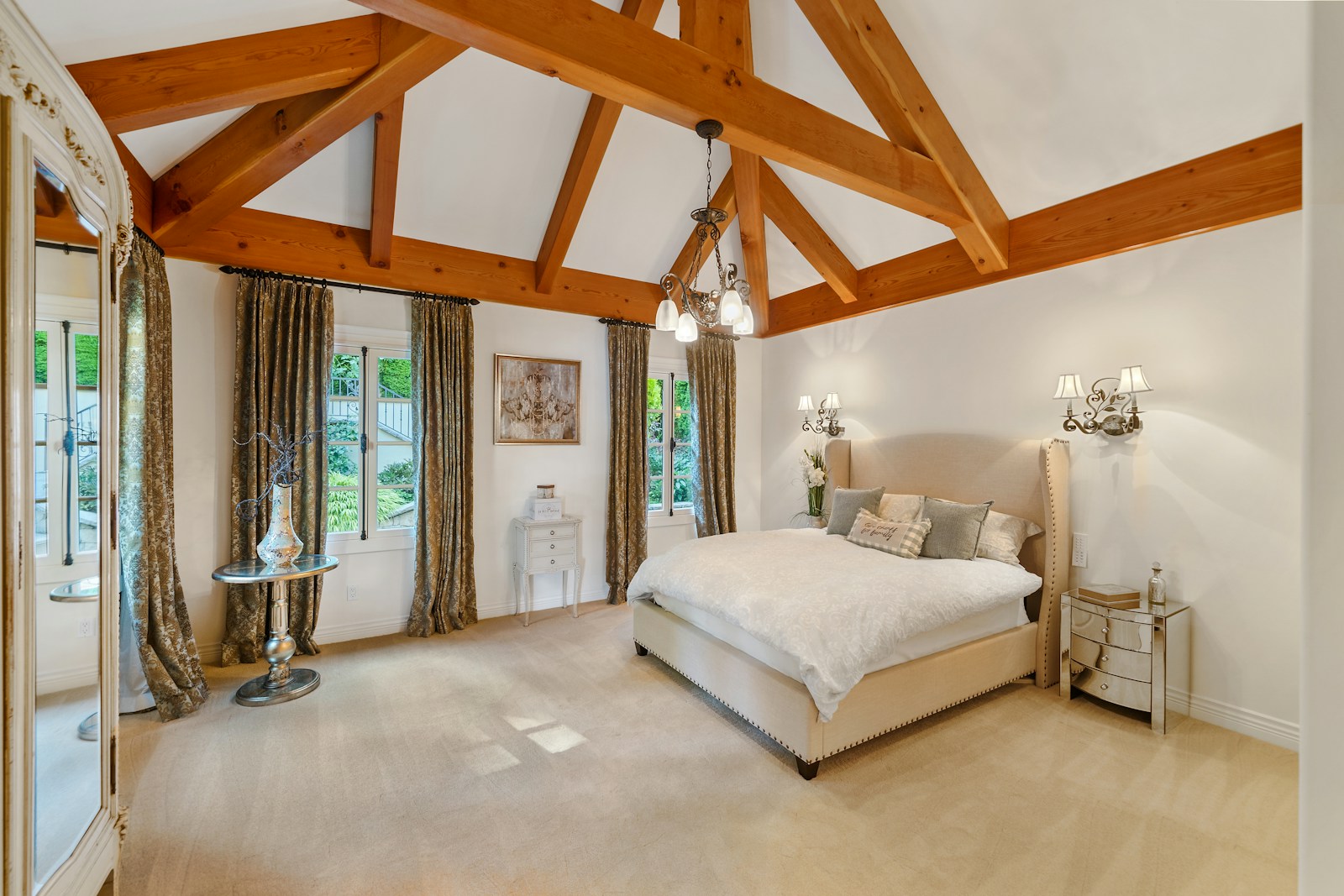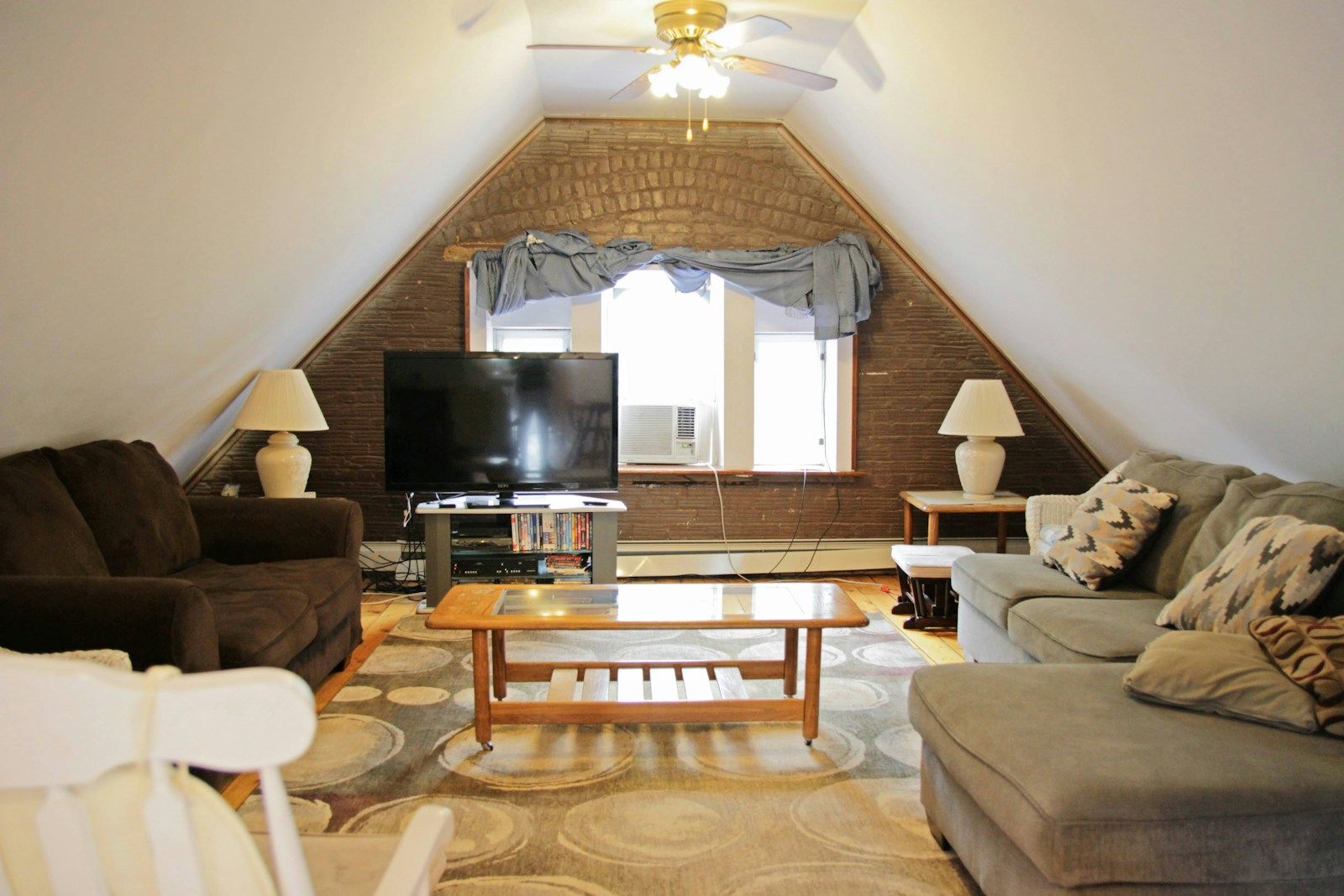Loft conversions have become a popular way to maximize the living space in a home without the need for a full-scale extension. Whether you want to convert a loft into a bedroom, create a home office, or add an extra living area, this guide covers everything you need to know about the process. With a focus on small loft conversions, attic loft conversions, and other types, we’ll explore the key aspects, benefits, and considerations for a successful project.

Understanding Loft Conversions
What is a Loft Conversion?
A loft conversion involves transforming an underutilized attic space into a functional room. This type of renovation can significantly increase the value of your home while providing additional living space. Loft conversions are particularly popular in urban areas where space is at a premium.
Types of Loft Conversions
There are several types of loft conversions, each suited to different types of homes and requirements:
- Dormer Loft Conversion: Adds a dormer window to increase headspace and floor area.
- Hip to Gable Loft Conversion: Extends the sloping side of the roof to create a vertical wall.
- Mansard Loft Conversion: Alters the roof structure to create a flat roof with steeply sloping sides.
- Velux Loft Conversion: Involves installing Velux windows without altering the roof structure.
Planning Your Loft Conversion
Assessing Feasibility
Before you start, assess whether your loft is suitable for conversion. Key factors include:
- Head Height: Ideally, you need at least 2.2 meters of head height at the tallest point.
- Roof Structure: Different roof types (e.g., truss roofs, traditional cut roofs) affect the complexity and cost.
- Floor Space: Ensure there is enough space to make the conversion worthwhile.
Planning Permission and Building Regulations
Most loft conversions fall under permitted development rights, meaning you don’t need planning permission. However, if your project involves altering the roof structure or significantly changing the exterior, you may need approval. Regardless, all loft conversions must comply with building regulations to ensure safety and structural integrity.
Budgeting for Your Loft Conversion
Costs can vary widely depending on the type and complexity of the conversion. Factors influencing the cost include:
- Type of Conversion: Dormer and mansard conversions are typically more expensive than Velux conversions.
- Structural Changes: Reinforcing the floor, altering the roof, and adding windows increase costs.
- Finishes and Fixtures: The quality of finishes and additional features like bathrooms impact the budget.
Step-by-Step Guide to Loft Conversion
Initial Planning and Design
- Consult an Architect or Designer: Work with a professional to create detailed plans and designs.
- Obtain Necessary Permissions: Ensure all planning permissions and building regulations approvals are in place.
- Set a Budget: Outline all potential costs, including a contingency for unexpected expenses.

Structural Work
- Reinforce the Floor: Strengthen the existing floor joists to support the new room.
- Install Roof Windows: Add Velux or dormer windows to bring in natural light.
- Insulate the Loft: Proper insulation is crucial for energy efficiency and comfort.
Interior Finishing
- Partition Walls: Add any necessary partition walls to create separate rooms or areas.
- Electrical and Plumbing Work: Install electrical outlets, lighting, and plumbing if adding a bathroom.
- Plastering and Painting: Finish the walls and ceilings with plaster and paint.
- Flooring: Choose and install flooring suitable for the new space.
Specific Loft Conversion Scenarios
Convert Loft to Bedroom
Converting a loft into a bedroom is one of the most common uses for this space. It can be an ideal solution for growing families or for creating a luxurious master suite. Consider the following:
- Space Optimization: Utilize built-in wardrobes and storage solutions to maximize space.
- Natural Light: Ensure ample natural light through roof windows or dormers.
- Heating and Ventilation: Install proper heating and ventilation systems to ensure comfort.
Small Loft Conversion
For homes with limited attic space, a small loft conversion can still provide valuable extra room. Focus on:
- Efficient Design: Use clever design solutions to make the most of the available space.
- Compact Fixtures: Choose smaller furniture and fixtures to avoid overcrowding.
- Multi-Functional Space: Design the room to serve multiple purposes, such as a guest bedroom and home office.
Converting a Bungalow Loft
Bungalows often have ample loft space that can be converted into additional living areas. Key considerations include:
- Access: Install a staircase that fits well with the existing floor plan.
- Structural Support: Ensure the bungalow’s structure can support the added weight of a loft conversion.
- Roof Type: Assess whether the existing roof structure needs modifications.
Truss Roof Loft Conversion
Truss roofs can be more challenging to convert due to the internal supports. However, with the right approach, it is possible:
- Structural Modifications: Remove and reinforce trusses to create open space.
- Professional Advice: Work with structural engineers to ensure the modifications are safe and compliant.
- Cost Implications: Be aware that converting a truss roof can be more expensive due to the additional structural work required.
Benefits of Loft Conversions
Increased Property Value
A well-executed loft conversion can significantly increase your home’s market value. It adds usable square footage and can make your property more attractive to potential buyers.
Additional Living Space
Loft conversions provide additional living space without the need for an extension. This can be particularly valuable in urban areas where space is limited.
Cost-Effective Solution
Compared to moving to a larger home, a loft conversion is a more cost-effective way to gain extra space. It avoids the expenses and hassle associated with buying and selling property.
Potential Challenges and Solutions
Insulating a Converted Loft
Proper insulation is crucial for comfort and energy efficiency. Consider:
- Thermal Insulation: Use high-quality insulation materials to keep the space warm in winter and cool in summer.
- Sound Insulation: Install soundproofing to minimize noise from outside and other parts of the house.
Legal and Planning Issues
Navigating planning permissions and building regulations can be complex. Solutions include:
- Professional Guidance: Work with architects and builders who have experience with loft conversions.
- Clear Communication: Maintain clear communication with local planning authorities to ensure compliance.
Budget Management
Staying within budget can be challenging, especially with unexpected costs. Tips include:
- Detailed Planning: Create a detailed plan and budget before starting the project.
- Contingency Fund: Set aside a contingency fund for unexpected expenses.
- Regular Monitoring: Keep track of expenses and adjust plans as needed to stay within budget.
Worked Example: The Benefits of a Loft Conversion
Imagine a family living in a three-bedroom house with a growing need for extra space. They decide to convert their loft into a bedroom with an en-suite bathroom. Here’s how the process unfolds:
- Initial Assessment: They assess the loft and find it suitable for conversion with enough head height and floor space.
- Planning and Design: They consult an architect to create detailed plans and obtain the necessary permissions.
- Structural Work: The builders reinforce the floor, install Velux windows, and add insulation.
- Interior Finishing: They partition the space to create a bedroom and bathroom, complete electrical and plumbing work, and finish with plastering and painting.
- Final Touches: They add built-in wardrobes and furniture, creating a stylish and functional new bedroom.
The result is a beautiful, functional space that meets their needs and increases the property’s value.
Conclusion
A loft conversion is an excellent way to maximize your home’s potential, providing additional living space and increasing property value. Whether you’re considering a small loft conversion, a truss roof loft conversion, or converting your bungalow loft, careful planning and execution are key. By understanding the process, benefits, and potential challenges, you can ensure a successful and rewarding loft conversion project.
